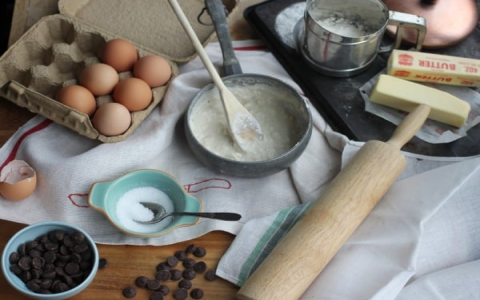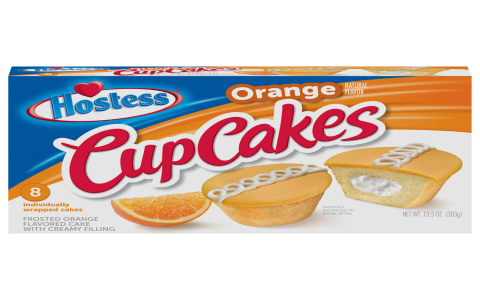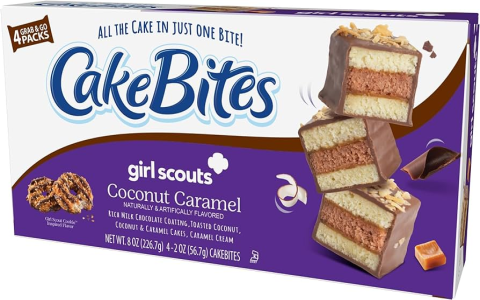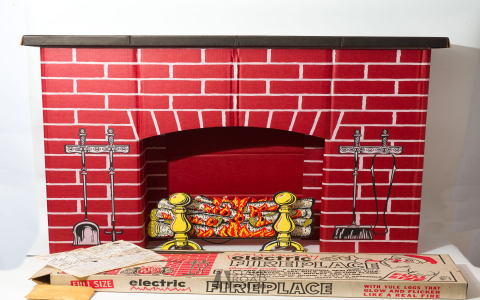Unlocking the Mystery of Measurements: Converting 150g of Powdered Sugar into Cups
Have you ever found yourself mid-recipe, only to realize that the ingredient measurements are not in the units you’re familiar with? This can often lead to a scramble for conversion tools or some frustrating calculations. Today, we delve into the world of kitchen measurements to answer a common conundrum for home bakers and chefs alike: how many cups does 150 grams of powdered sugar equate to?
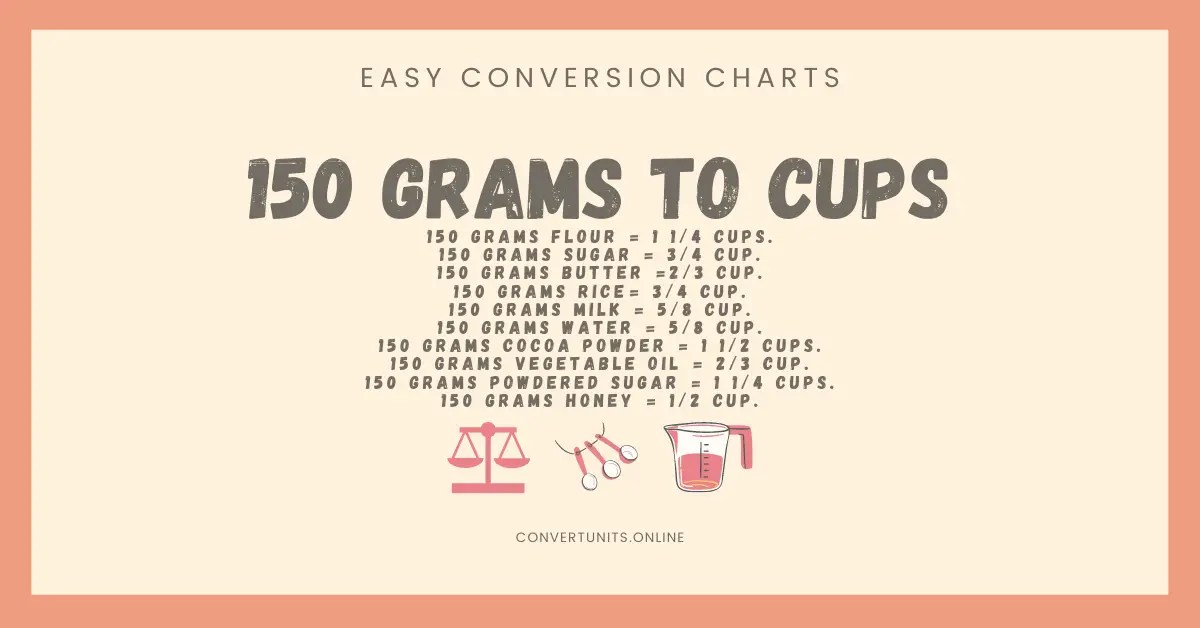
Understanding Powdered Sugar
First off, let’s understand powdered sugar, commonly referred to as confectioner’s sugar or icing sugar. This finely ground sugar, often mixed with a small amount of corn starch to prevent clumping, has a significantly different volume-to-weight ratio than granulated sugar. This distinction is crucial when measuring for recipes, as merely assuming one type of sugar is interchangeable with another can lead to less than satisfactory results.
Common Conversion Methods
When converting grams to cups, the density of the ingredient plays a significant role. For powdered sugar, which is less dense than other sugars, here’s how we approach the conversion:
-
Volume-Based: A cup of powdered sugar can vary slightly by region, but generally, 1 cup of sifted powdered sugar weighs about 125g. However, this can differ based on how compacted the sugar is due to settling or pressing down.
-
Direct Conversion: Using a direct conversion chart, we see that 150 grams of powdered sugar is roughly 1.2 cups. However, precision in baking often requires more than just rounding up or down.
Practical Application
Imagine you’re in your kitchen, ready to whip up some fluffy, light icing for a cake. Your recipe calls for 150g of powdered sugar, but your measuring cups are sitting right in front of you. Here’s what you can do:
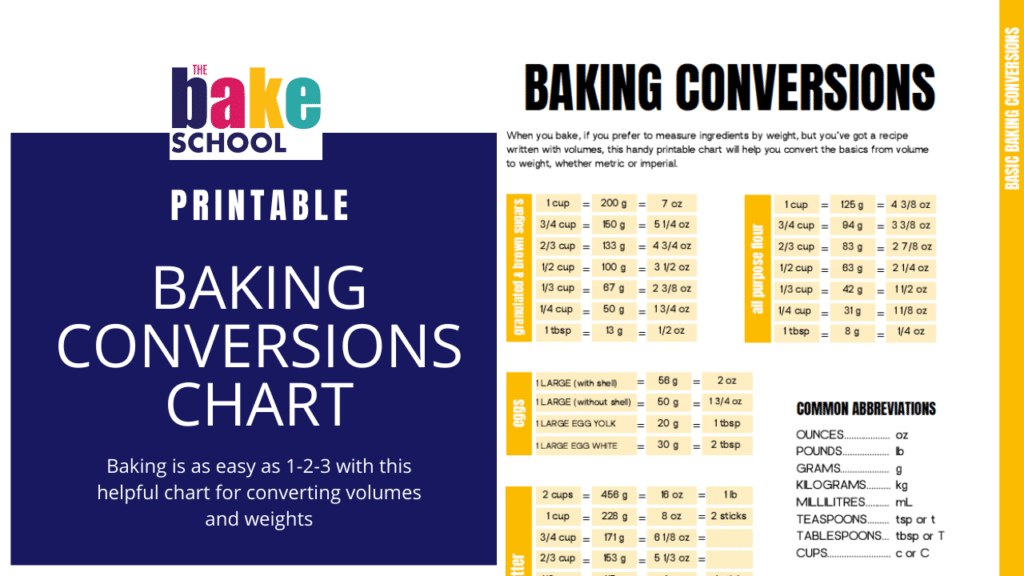
-
Sift the Sugar: Sifting powdered sugar before measuring it helps to aerate and loosen it, ensuring a more accurate measurement. Fill a measuring cup until it’s level with the top – this typically means you’ll just exceed 1 cup but not quite reach 1.5 cups for 150g.
-
Weigh for Precision: If you have a kitchen scale, weighing is the most precise method. Placing a bowl on the scale, tare it to zero, then add sugar until you reach 150g.
Why Does This Matter?
The exact measurement of ingredients can be the difference between a perfectly moist cake or one that turns out dry and crumbly, or a chocolate mousse that’s fluffy versus one that’s too runny or dense. In baking and confectionery, where precision often yields the best results, understanding these conversions ensures that your culinary creations turn out as intended.
Troubleshooting and Tips
What if you don’t have a measuring cup or a kitchen scale? Here are some tips:
-
Use a Standard Utensil: A tablespoon of powdered sugar weighs approximately 9g when fluffed or 13g when densely scooped. Thus, for 150g, you’d need about 16 tablespoons when fluffing the sugar, or around 12 if you’re compacting it slightly.
-
Remember Consistency: If a recipe specifies sifted sugar, sift, then measure. If not, sift after measuring to ensure consistency in your recipe.
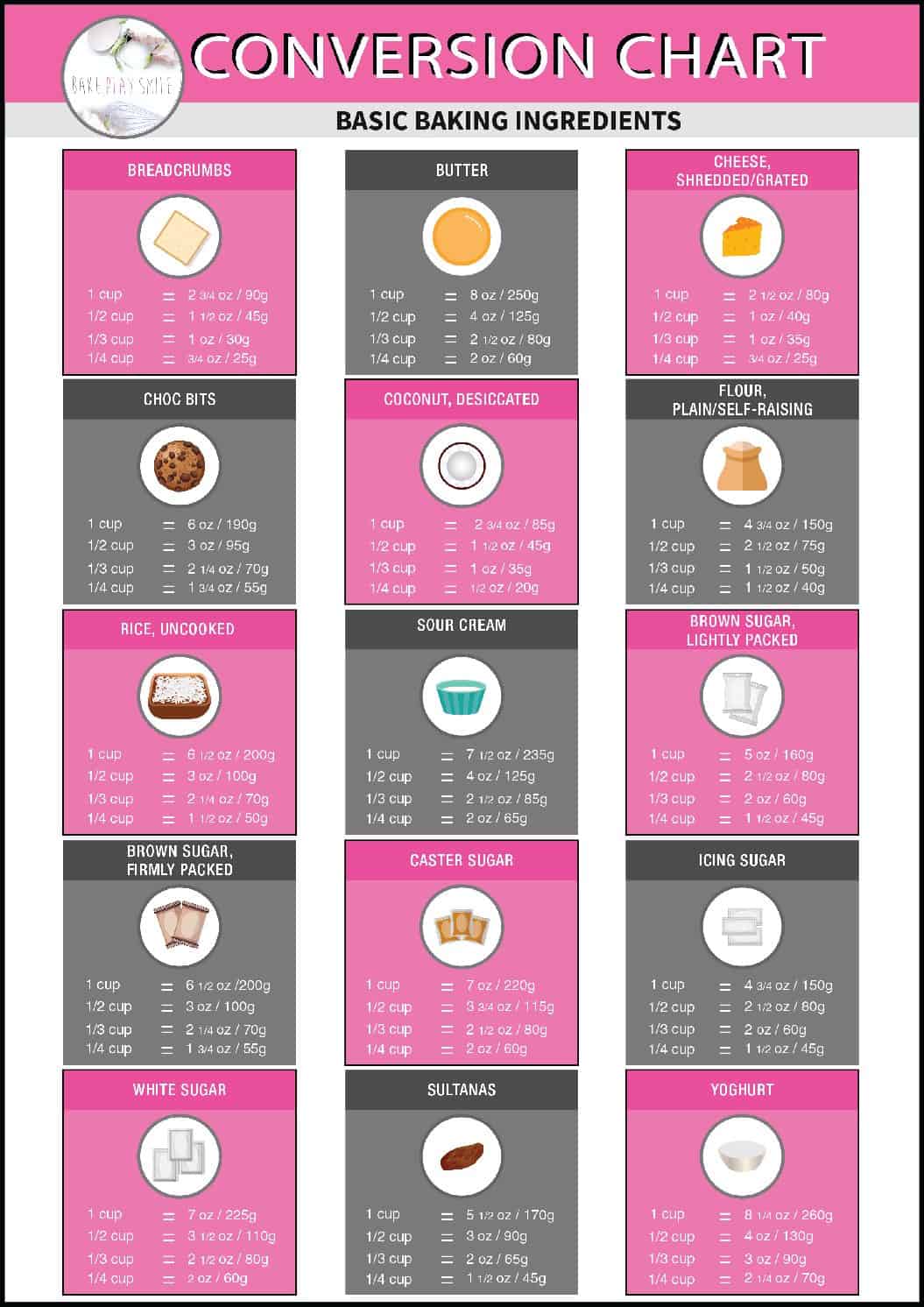
As much as we’d like to see every kitchen equipped with every tool imaginable, sometimes we need to work with what we have. Understanding how to convert these key ingredients into familiar measurements enables you to proceed confidently through any recipe.
So the next time your baking adventures take you beyond your comfort zone in terms of measurements, remember these simple guidelines:
- Conversion charts are helpful but having a kitchen scale is ideal.
- Measure accurately by sifting when specified.
- Adjust for variations in density by understanding the ingredient.
With these practices in place, your baking will not only be more precise but also far more enjoyable. So, go forth and conquer that next recipe, knowing you’ve got the measure of things – quite literally!
